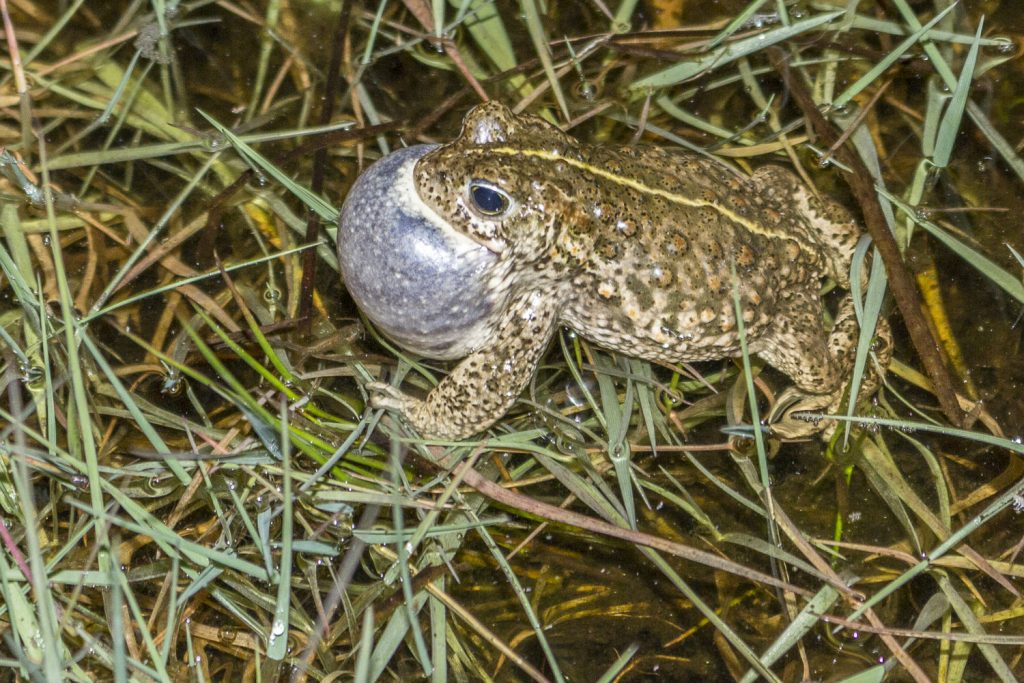NUMBERS of breeding natterjacks have been recorded at one of RSPB Scotland’s nature reserves in Dumfries and Galloway have increased by 400% over the course of a three year project launched to help save this rare amphibian.
The conservation organisation started work in 2013 at Mersehead in Dumfries & Galloway, after severe winter storms destroyed the sand dunes these toads often hibernate in. The Solway Firth is the only place natterjacks can be found in Scotland and there were serious concerns that the Mersehead population may have been decimated.
Intensive survey work began in spring 2014 to count male toads, which are found by pinpointing their rasping call – the loudest of any amphibian in Europe. New shallow ponds were also created across the site for the toads to breed in.
At the start of the project there were around 30 breeding male toads counted at Mersehead and by the end, in 2016, there were 150. With the help of Dr Pete Minting from Amphibian and Reptile Conservation (ARC), RSPB Scotland set up a ‘mugshot database’ of natterjack toad photographs during the surveys, to ensure that the same individuals were not being counted night after night. Each toad carries a unique wart pattern and yellow ‘racing stripe’ on its back – which together, act much like a human fingerprint.
Females are more difficult to survey than males, due to their habit of only visiting the ponds for a couple of nights a year to lay their eggs. As such, the team at the reserve also monitored the amount of spawn strings laid each year. From this combination of detailed data the team can tell that the natterjack population is thriving.
James Silvey, RSPB Scotland’s Species and Habitats Officer, said: “It’s fantastic to see that the natterjack population is responding to the habitat management we’ve put in place. The evidence of toads breeding in three of the five ponds we made for them in 2015 is a real highlight. Natterjack populations are declining across most of their range in Scotland due to climate change and inappropriate management, making the population at Mersehead all the more important. We’ll be continuing our work for these amphibians over the coming years to hopefully increase their numbers even more.”
This year, there is work planned to create three large shallow lagoons at the nature reserve, just behind the dune grasslands, to further expand the habitat available to natterjack toads.
Following this, efforts will be focused on removing scrub across the dune system to the east of the site and bring it into favourable condition for breeding, so that the toads can be heard across the length of the coast as they once would have been.
Natterjacks are one of only two species of toad native to the UK – the other one being the common toad. Natterjack toads are confined to coastal sand dune systems; feed on beetles, sandhoppers and other invertebrates; and, because of their short legs, are pretty quick on land – they are actually known to run rather than hop.






